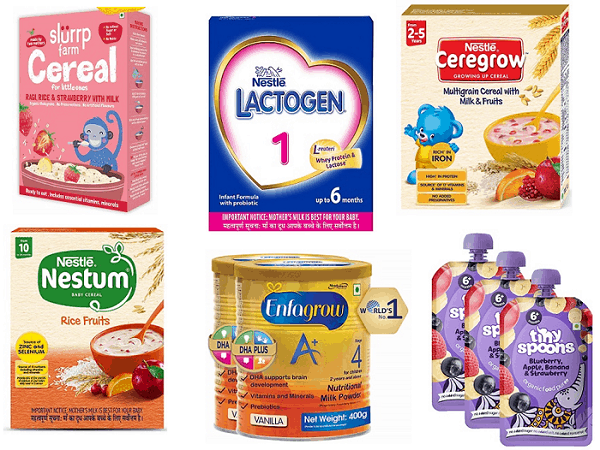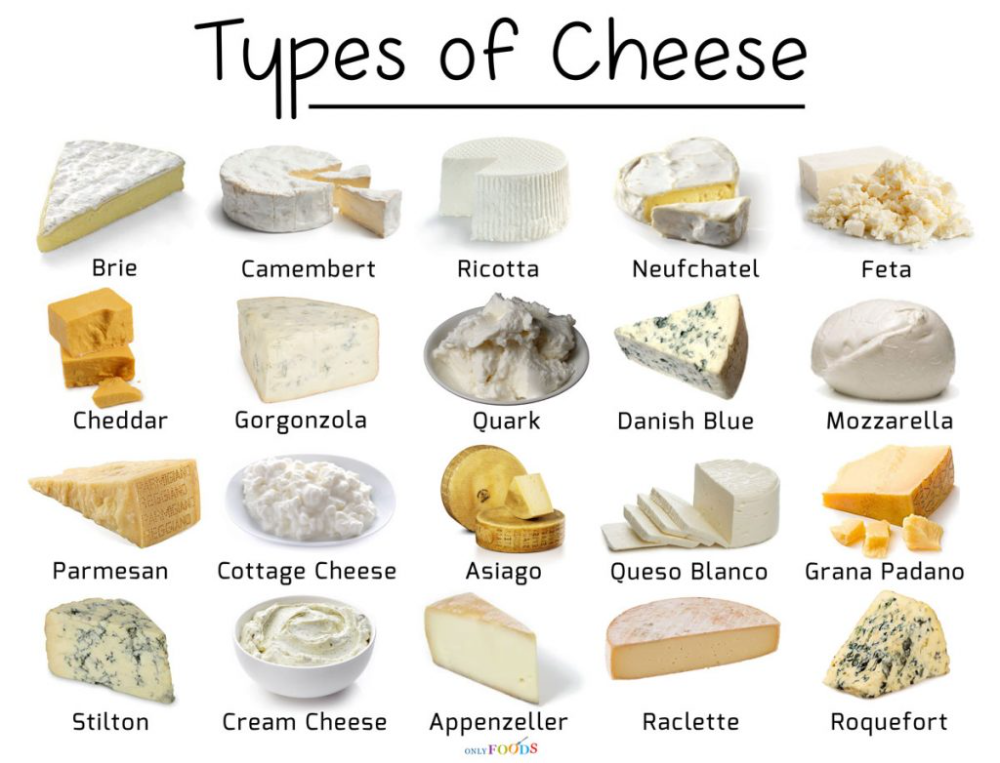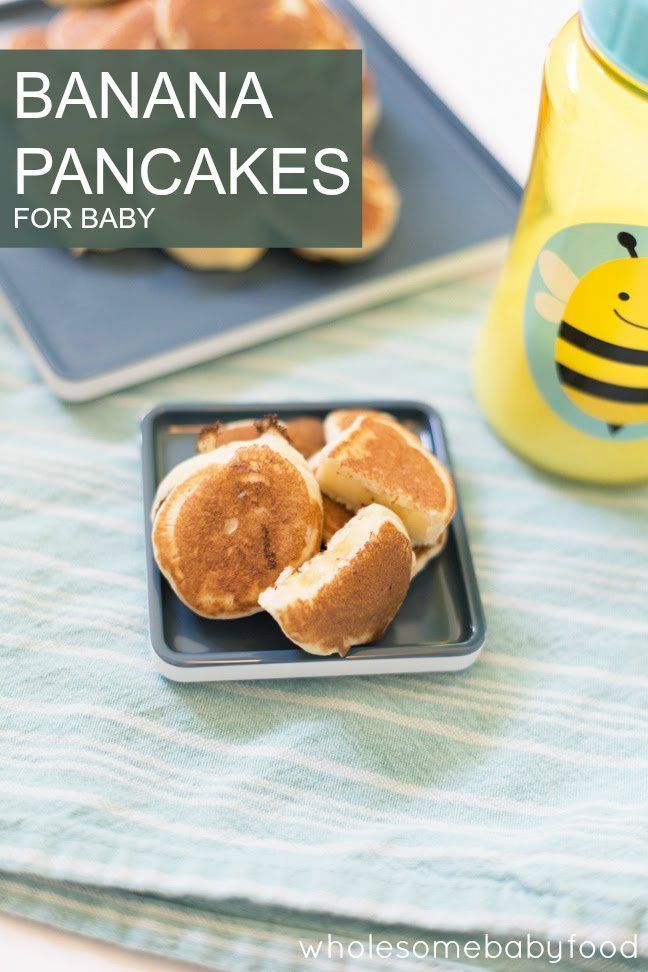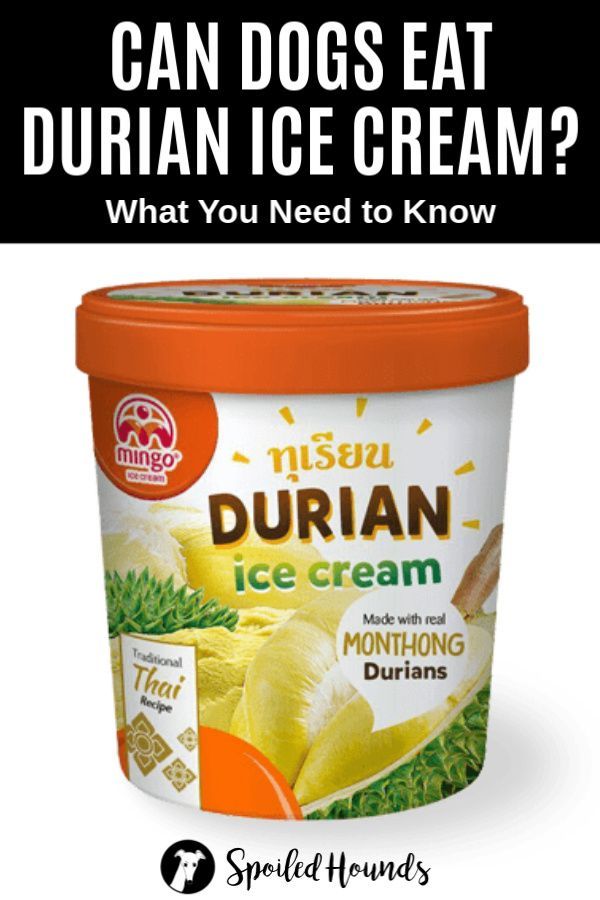Things not to feed babies
Foods to avoid giving babies and young children
Salt
Babies should not eat much salt, as it's not good for their kidneys.
Do not add salt to your baby's food or cooking water, and do not use stock cubes or gravy, as they're often high in salt.
Remember this when you're cooking for the family if you plan to give the same food to your baby.
Avoid salty foods like:
- bacon
- sausages
- chips with added salt
- crackers
- crisps
- ready meals
- takeaways
Sugar
Your baby does not need sugar.
By avoiding sugary snacks and drinks (including fruit juice and other fruit drinks), you'll help prevent tooth decay.
Saturated fat
Do not give your child too many foods that are high in saturated fat, such as crisps, biscuits and cakes.
Checking the nutrition labels can help you choose foods that are lower in saturated fat.
See more on food labels.
Honey
Occasionally, honey contains bacteria that can produce toxins in a baby's intestines, leading to infant botulism, which is a very serious illness.
Do not give your child honey until they're over 1 year old. Honey is a sugar, so avoiding it will also help prevent tooth decay.
Whole nuts and peanuts
Whole nuts and peanuts should not be given to children under 5 years old, as they can choke on them.
You can give your baby nuts and peanuts from around 6 months old, as long as they're crushed, ground or a smooth nut or peanut butter.
If there's a history of food allergies or other allergies in your family, talk to your GP or health visitor before introducing nuts and peanuts.
See more on food allergies in babies and young children.
Some cheeses
Cheese can form part of a healthy, balanced diet for babies and young children, and provides calcium, protein and vitamins.
Babies can eat pasteurised full-fat cheese from 6 months old. This includes hard cheeses, such as mild cheddar cheese, cottage cheese and cream cheese.
Babies and young children should not eat mould-ripened soft cheeses, such as brie or camembert, or ripened goats' milk cheese and soft blue-veined cheese, such as roquefort. There's a higher risk that these cheeses might carry a bacteria called listeria.
There's a higher risk that these cheeses might carry a bacteria called listeria.
Many cheeses are made from unpasteurised milk. It's better to avoid these because of the risk of listeria.
You can check labels on cheeses to make sure they're made from pasteurised milk.
But these cheeses can be used as part of a cooked recipe as listeria is killed by cooking. Baked brie, for example, is a safer option.
Raw and lightly cooked eggs
Babies can have eggs from around 6 months.
If the eggs are hens' eggs and they have a red lion stamped on them, or you see a red lion with the words "British Lion Quality" on the box, it's fine for your baby to have them raw (for example, in homemade mayonnaise) or lightly cooked.
Hens' eggs that do not have the red lion mark should be cooked until both the white and yolk are solid.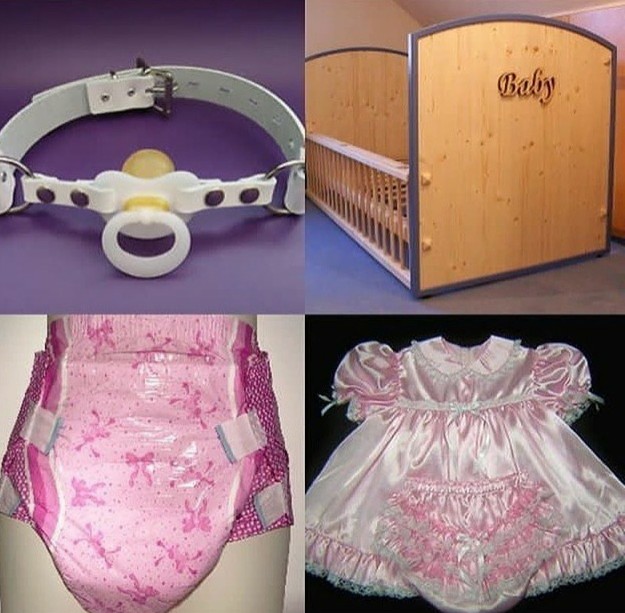 So should duck, goose or quail eggs.
So should duck, goose or quail eggs.
Avoid raw eggs, including uncooked cake mixture, homemade ice creams, homemade mayonnaise, or desserts that contain uncooked egg that you cannot confirm are red lion stamped.
Rice drinks
Children under 5 years old should not have rice drinks as a substitute for breast milk or infant formula (or cows' milk after 1 year old) as they may contain too much arsenic.
Arsenic is found naturally in the environment and can find its way into our food and water.
Rice tends to take up more arsenic than other grains, but this does not mean that you or your baby cannot eat rice.
In the UK, there are maximum levels of inorganic arsenic allowed in rice and rice products, and even stricter levels are set for foods intended for young children.
Do not worry if your child has already had rice drinks. There's no immediate risk to them, but it's best to switch to a different kind of milk.
There's no immediate risk to them, but it's best to switch to a different kind of milk.
Raw jelly cubes
Raw jelly cubes can be a choking hazard for babies and young children.
If you're making jelly from raw jelly cubes, make sure you always follow the manufacturers' instructions.
Raw shellfish
Raw or lightly cooked shellfish, such as mussels, clams and oysters, can increase the risk of food poisoning, so it's best not to give it to babies.
Shark, swordfish and marlin
Do not give your baby shark, swordfish or marlin. The amount of mercury in these fish can affect the development of a baby's nervous system.
Further information
For more information and advice about babies and food, see:
- food allergies in babies and young children
- your baby's first solid foods
- baby and toddler meal ideas
Foods to Never Feed Your Baby (3 Months of Age to 1 Year)
According to the CDC, you can start introducing solid foods to your baby at around 6 months old. As long as they are receiving a balanced diet and a variety of nutrient-enriched foods, most vegetables, fruits, proteins, and grains. When it comes to more allergenic foods, it is best to introduce them after other baby-friendly foods. Always consult your pediatrician with concerns.
As long as they are receiving a balanced diet and a variety of nutrient-enriched foods, most vegetables, fruits, proteins, and grains. When it comes to more allergenic foods, it is best to introduce them after other baby-friendly foods. Always consult your pediatrician with concerns.
Growing babies soon start to show interest in trying new foods, and it's normal to want to introduce them to new tastes and textures. But not all foods are safe for your baby. Here is a list of foods you should avoid feeding your baby during the first year of growth.
More: Can You Eat Thanksgiving Turkey While Pregnant?
Pureed Foods vs Finger Foods
Babies are typically introduced to solid foods around six months of age. For newborns and babies less than six months old, solid foods may pose a choking hazard. So for young babies, many parents will turn to baby pureed foods. Pureed foods are softer than finger foods and easier on a baby’s digestive system. However, some parents turn to baby-led weaning which can also be a great option to introduce your little one to solid foods.
Honey
Infants under a year old should not be fed any form of honey (raw, baked, or cooked). Honey is bad for babies because it can harbor Clostridium botulinum, which can produce botulinum spores. These spores secrete toxins that can lead to muscle weakness, poor sucking, a weak cry, constipation, decreased muscle tone, and even paralysis in young infants. An infant's intestinal tract isn't strong enough to fight off these spores and toxins.
Infant botulism can be prevented by avoiding raw honey and avoiding contact with soil contaminated with the same C botulinum spores. This is rare and mostly found at agricultural sites in Utah, California, or Pennsylvania.
Cow's Milk
Stick to breast milk or formula until your child's first birthday. A child under the age of one can't digest the enzymes and proteins in cow's milk, and certain minerals in it can cause damage to your baby's kidneys. This is also true for certain dairy products such as cottage cheese.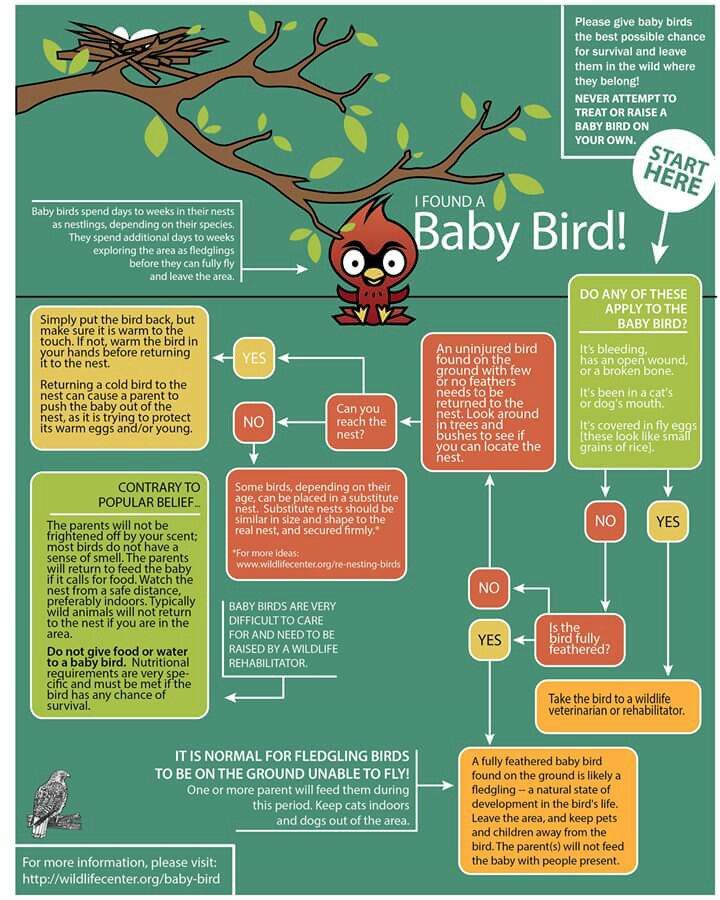 Also, unlike breast milk or formula, cow's milk doesn't provide all the proper nutrients for a growing infant. So if you are breastfeeding or if you are bottle feeding with breast milk or infant formula then keep doing so.
Also, unlike breast milk or formula, cow's milk doesn't provide all the proper nutrients for a growing infant. So if you are breastfeeding or if you are bottle feeding with breast milk or infant formula then keep doing so.
Egg Whites
Don't feed egg products to a child under the age of one, to avoid an allergic reaction or allergies in the future. While the proteins in egg yolks are seldom a source of allergens, the proteins in egg whites may cause allergic reactions. By the age of five, a child normally outgrows the potential for an allergic reaction to egg whites.
Citrus
Avoid feeding citrus fruits and juices to your baby for the first couple of months. These foods are high in Vitamin C and acid, which can cause an upset tummy and/or acid reflux in your baby. Remember, their digestive system is still developing.
Seafood/Shellfish
Another potential allergen for babies is seafood, and particularly shellfish. Talk to your pediatrician before feeding your baby boneless fish -- even tuna. Do not give any sort of shellfish (such as shrimp, clams, swordfish, mackerel, or crabmeat) to your baby until it's been discussed.
Do not give any sort of shellfish (such as shrimp, clams, swordfish, mackerel, or crabmeat) to your baby until it's been discussed.
Wheat
Due to allergens in wheat, it is best to wait until your baby is one, two, or even three years old before introducing it into your baby's diet. If you have checked with your pediatrician and are sure that your baby hasn't had an allergic reaction to rice, oats, or barley, you may try introducing wheat at the age of eight or nine months.
Large Chunks of Food
It is widely recommended that you feed your child breast milk or formula for the first four to six months. Once you start baby on solids, pea-sized foods are safest, to prevent choking. Make sure that vegetables are diced and cooked up soft, and cut fruits into quarters to avoid them getting stuck in your child's throat. Meats and cheese should also be cut into very small pieces or shredded.
Soft, Sticky Foods
While most soft foods are good for young babies, some soft foods should be avoided.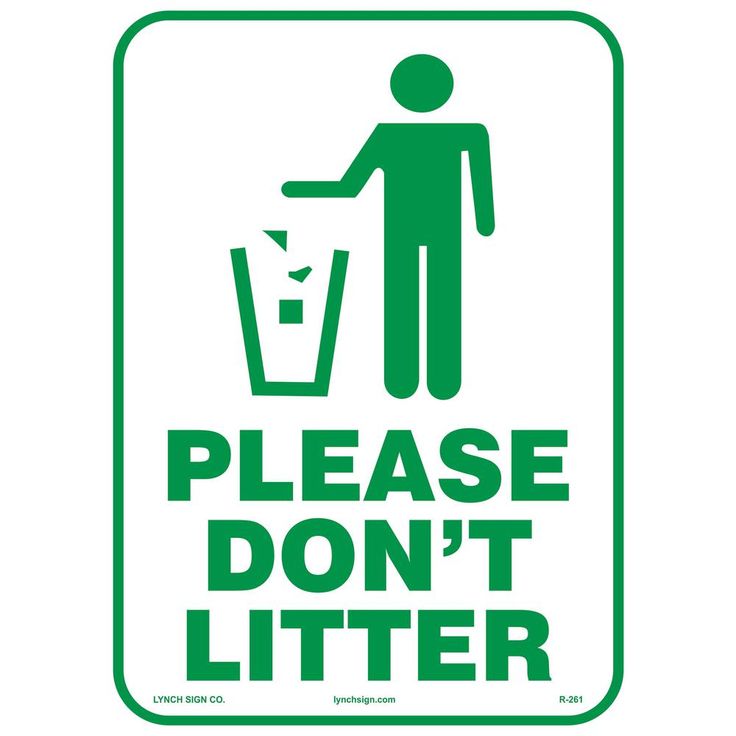 Sticky foods like jellies and marshmallows should not be fed to a baby before six months as these foods can get stuck in a baby’s throat and block the child’s airway.
Sticky foods like jellies and marshmallows should not be fed to a baby before six months as these foods can get stuck in a baby’s throat and block the child’s airway.
Small, Hard Foods
Foods like whole nuts, popcorn, whole grapes, raw vegetables, raisins, candies, dried fruits, seeds, or any other small, hard food should not be given to a baby. They are all choking hazards and can easily become lodged in your baby's throat. Any food you give your baby should be diced into small bits and cooked until soft.
Fruits
Below is some insight on certain fruits that many parents have questions about feeding their baby.
- Strawberries and raspberries: Many berries are packed with vitamin C and are good for babies and young children. The American Academy of Pediatrics that you hold off introducing these fruits until after they have tried other solids first.
- Pineapple: Pineapple is considered a safe food for your baby to eat. However, it is a firm fruit and should be sliced into thin strips since it can be a choking hazard when cubed.

- Melon: Watermelon is a good example of a first fruit you can offer to your baby. It is soft, easy to chew, and full of vitamins. It is made up of mostly water so it is also great for hydration.
- Papaya: This is a superfood that is super healthy and great for your baby. The recommendation is to wait to introduce it to your little one until they are 7 or 8 months old.
Vegetables
Vegetables are healthy options for kids, but when is the right age for babies to start eating their veggies? Here is a list of veggies and produce that parents have questions about. You can find below whether or not they are safe to give to your baby.
- Spinach: Believe it or not, raw spinach is full of nitrates. This is not to be confused with synthetic nitrates but is still not good to give much to little ones. It is recommended that if you give them spinach, make sure it is cooked and pureed.
- Lettuce: This can be hard for your baby to chew, so it's best to wait until they are between 9 months and 1 year old.
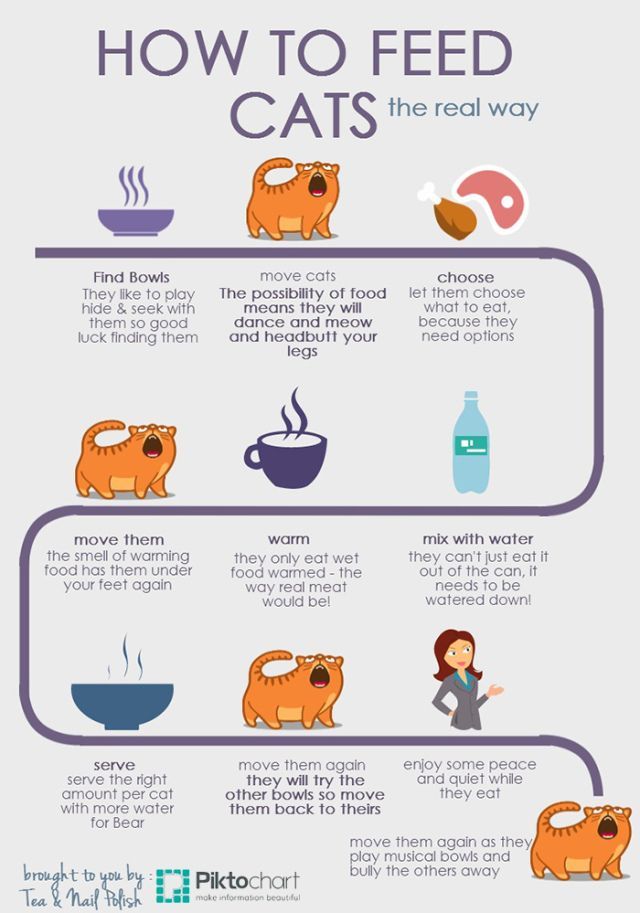
- Peas: Green peas are a great starter food. They are easy to pick up, offer a new texture, are small enough to avoid choking and can be pureed.
- Onions: Many parents add cooked onions to homemade baby food. They are full of vitamin C and can be introduced between 6 and 8 months old.
- Garlic: If you cook frequently then you know that garlic can add a whole new flavor to certain foods. You can cook down and add a small amount to your baby's food between 6 and 8 months old.
- Sweet Potatoes: This is another great first solid. Soft, cooked sweet potato cut into chunks is perfect for a 6-month-old.
- Potatoes: These are considered starchy vegetables so even though they are safe to give to your baby, you will want to do it in moderation.
Meats
Introducing meat to your baby's diet can happen after starting solids, which is usually around 6 months. Poultry and lean beef are fine to give your little one in small amounts. Below are two types of meat that should be avoided.
Below are two types of meat that should be avoided.
- Hotdogs: Hotdogs are a choking hazard. It is not recommended to give them to young children under 4 years of age. When they are old enough, they can be thinly sliced or minced.
- Bacon: It is best to wait until after your baby's first birthday to give them any bacon. It is full of synthetic nitrates and possible carcinogens. It is generally considered unhealthy and should be offered rarely.
Fruit Juice
Most juices are full of added sugar. Since babies are generally still drinking from bottles under 1 year old, it is not advisable to put fruit juice in them. It is known to cause tooth decay. Offer your baby a little water after 6 months if you are looking to give them something besides breast milk or infant formula.
What About Peanut Butter?
Experts previously believed that introducing peanut butter or any sort of nut product at an early age could lead to nut allergies. Times have changed and many pediatricians encourage the introduction of peanut butter to children between 6 and 8 months after they have tried a few solid foods with no issues. The AAP recommends talking with your pediatrician about introducing nut products to your baby, once he is eating solid foods. If your baby doesn't have any food allergies or risk factors, your doctor will probably advise feeding him a thin layer of creamy (not chunky) peanut butter on a cracker or bread, or foods that have peanut butter in them. Never give whole peanuts or nut pieces to a child under age 4 because of the choking risk.
Times have changed and many pediatricians encourage the introduction of peanut butter to children between 6 and 8 months after they have tried a few solid foods with no issues. The AAP recommends talking with your pediatrician about introducing nut products to your baby, once he is eating solid foods. If your baby doesn't have any food allergies or risk factors, your doctor will probably advise feeding him a thin layer of creamy (not chunky) peanut butter on a cracker or bread, or foods that have peanut butter in them. Never give whole peanuts or nut pieces to a child under age 4 because of the choking risk.
If your child is at high risk for a peanut allergy or other food allergies (because of family history or if he has an existing food allergy or eczema), your doctor might recommend doing allergy testing before introducing nut products or feeding your child nut products at the doctor's office in case of an allergic reaction.
Rospotrebnadzor named things that should not be given to a child at a summer camp
Vitaly Belousov/RIA Novosti
weather forecast.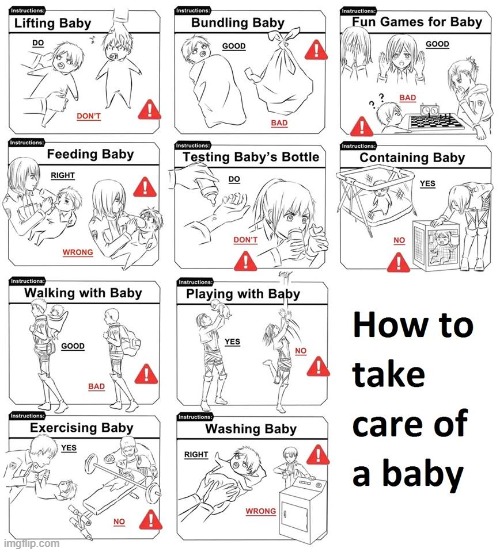 The number of things you need to calculate for a shift of 21 days.
The number of things you need to calculate for a shift of 21 days.
Useful advice: make a complete list of things in duplicate (put one in a suitcase, keep the second for yourself) - this way it will be easier to control the availability of things. In addition, it is better to sign the suitcase or mark it with a bright sticker so that the child can easily find it in the general luggage. nine0003
Before going to the camp, the child needs to be reminded of the basic rules of hygiene: wash, brush your teeth, take a shower, wash your hands before and after eating, as well as after going to the toilet, and, of course, do not share personal (and do not use other people's) things - dental brushes, towels.
It is not recommended to give sweets, perishable or not quite healthy products to children in the camp. For example, lemonades, juices and nectars in large packages, canned food, mushrooms, as well as cream cakes, cakes, meat and fish products, homemade food. You should not give "just in case, suddenly get hungry" and instant noodles - food in the camp is organized in such a way that the children have enough of it. nine0003
nine0003
In the context of the persisting risks of the spread of coronavirus infection, parents should be even more attentive to the health of their children and not send a child with symptoms of SARS or fever to the camp, the message of Rospotrebnadzor emphasizes.
What should I put in my suitcase?
Clothing
- T-shirt 7-8 pcs.
- Separate white T-shirt for farewell wishes. Sometimes children at the end of the shift sign on it with felt-tip pens or paints. nine0022
- Tracksuit 1 pc.
- Long sleeve sweater 2 pcs.
- Warm jacket with zip or buttons 2 pcs.
- Jeans or trousers 2 pcs.
- Shorts 5 pcs.
- Dressy clothes
- Dress (for girls) 2 pcs.
- Skirt (girls) 2 pcs.
- Pajamas or sleepwear 2 pcs.
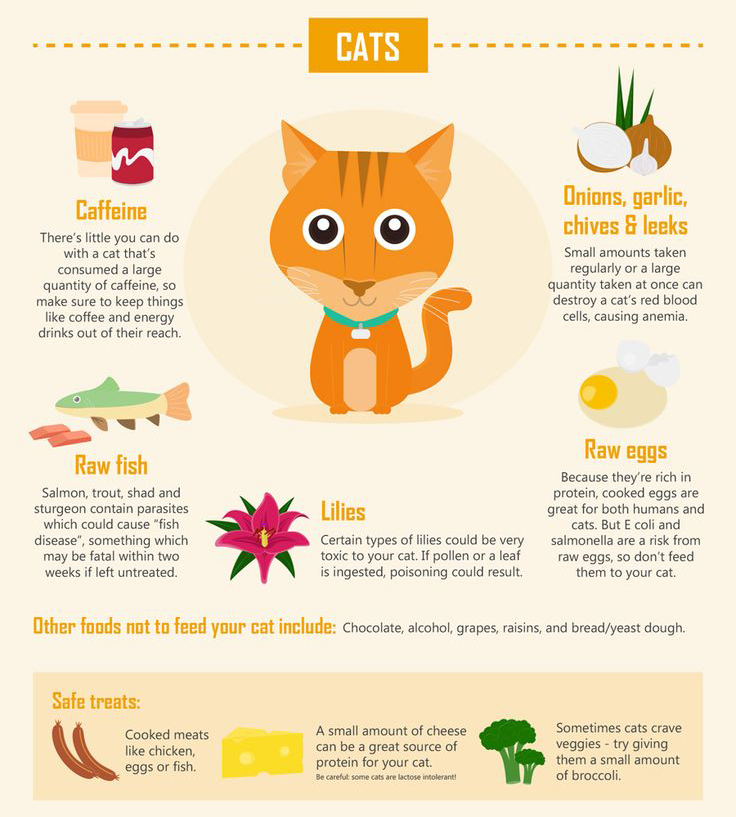
- Underwear 21 pcs.
- Socks 21 pcs.
- Leotard (girls) 2 pcs.
- Briefs or swim shorts (boys) 5 pcs. nine0022
- Sunglasses 1 pc.
- Raincoat or umbrella 1 pc.
- Headwear 1 pc. It is advisable to sign.
- Washcloth 1 pc.
- Soap in a soap dish.
- Toothbrush 2 pcs.
- Toothpaste 1 pc.
- Bath and beach towel 2 pcs.
- Comb
- Nail scissors
- Feminine hygiene products
- Slippers for shower, pool, beach
- Paper handkerchiefs 2 pack.
- · rubber cap for the pool
- · Sneakers
- camps
- Notarized consent from parents
- Copy of health insurance policy
- Identification documents of the child (foreign passport, passport or birth certificate)
What should I put in my backpack?
- · Album or notebook
- camp:
- Any piercing and cutting objects (except for manicure accessories)
- Matches and flammable substances (dry alcohol, candles, firecrackers, fireworks, etc.
 )
) - Cigarettes
- Alcohol
- Drugs and poisons
- Laser pointers, baseball bats, playing cards
- Gas cartridges and other personal protective equipment
Share:
Family & Children
Breastfeeding Products | products for breastfeeding |
There are many baby care products, accessories and clothes on the market. But which ones are really necessary for breastfeeding? More on this in our helpful list. nine0003
Share this information
If you are planning to breastfeed, the right kit will make it so much easier. However, it is not so easy to understand which accessories are really needed for this, and which ones can be dispensed with. To help you, we have divided the whole breastfeeding period into several stages, as your needs are likely to change over time.
 In addition, we asked breastfeeding moms for tips and tricks on the most useful nursing accessories. nine0003
In addition, we asked breastfeeding moms for tips and tricks on the most useful nursing accessories. nine0003 Breastfeeding supplies for the early days
The first few days after your baby is born can be stressful, so it's best to prepare ahead of time. Here are some things you're sure to need, whether you're staying in the hospital for a few days or heading straight home:
- nursing bras, nursing night bras and nursing tops;
- nursing nightgowns or pajamas; nine0165 breastfeeding pillow;
- disposable or reusable bra pads;
- diapers;
- nipple remedy for dry skin and cracks;
- shapers* for flat or inverted nipples;
- book on breastfeeding;
- contacts of a lactation consultant, supervising doctor or hotline.
If you are having trouble breastfeeding, your lactation consultant or healthcare provider may recommend the following accessories:
- Nursing pads* if your baby cannot latch on or your nipples are sore.
 Do not use nursing pads for a long time. If you have any problems or pain, contact your lactation consultant or your healthcare provider.
Do not use nursing pads for a long time. If you have any problems or pain, contact your lactation consultant or your healthcare provider.
- Breast pump** to relieve symptoms of breast swelling and/or stimulate milk production.
- Some mums like to use cooling hydrogel pads* that provide relief in the early days after delivery, especially when milk begins to flow. nine0022
Tips for breastfeeding moms
“Pillows help a lot to support your back, legs and arms. I also need bra pads in case of milk leaks, a nursing bra and loose tops for quick access to the breasts (I converted regular quality bras into nursing bras that better support the breasts). And we also used a sling all the time,” advises Zaria, a mother of two from South Africa.
“Hydrogel pads were my number one product. They were given to me in the first days of breastfeeding, so I never had sore or cracked nipples. I highly recommend hydrogel pads and buy them for anyone who plans to breastfeed,” shares her experience Camilla, a mother from Australia.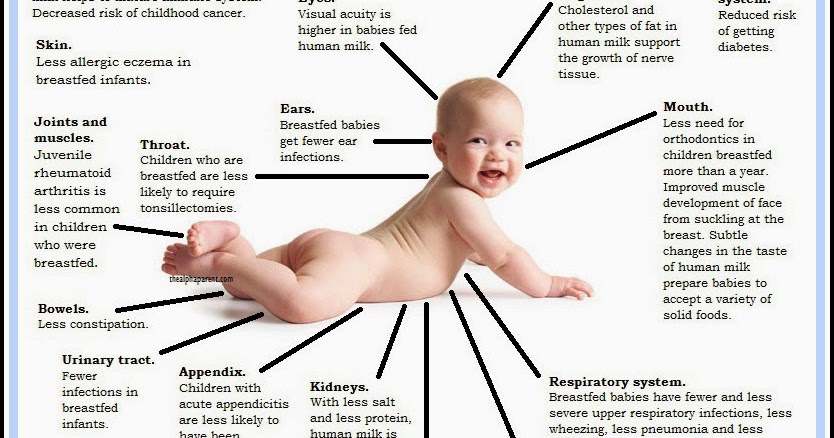 nine0003
nine0003
“You absolutely need someone to bring you something to drink. I kept forgetting to prepare myself a glass of water before feeding!” says Meg, mother of two from France.
Thermos to drink hot while sitting in bed. Delicious food and light snacks. My mother-in-law cooked me amazing beef stew and delicious pancakes (I had to eat well!). A pillow to put the baby on because I didn't have the strength to hold it. A comfortable chair, a nightlight for feeding at night and a pillow to sit on (I had stitches - not a pleasant feeling!) ”advises Felicia, a mother of two from the UK. nine0003
“A caring spouse, girlfriend or grandmother to bring tea and anything else you might need while you sit and feed. And also an e-book to read with one hand!” says Julie, a mom from Spain.
Initial Breastfeeding Supplies
You and your baby will likely get comfortable with breastfeeding in the first couple of weeks. Feeding will occur frequently and take a long time. Here are some tools that will make your life easier and make breastfeeding more comfortable as your milk production begins to stabilize:
- feeding chair;
- breastfeeding mobile application;
- disposable or reusable bra pads;
- breast milk collection pads*;
- Large stock of healthy snacks, drinks and ways to pass the time.

Sooner or later you will get bored with the comfort of home and want to start walking with your baby. For tips on breastfeeding outside the home, see our article on breastfeeding in public. nine0003
Tips for breastfeeding moms
“For me, the most useful things have been breastfeeding bras, disposable bra pads and large diapers to wipe up leaked milk, cover the baby or cover the chest. With cracked nipples, I saved myself with lanolin cream, and loose tops and cardigans made the feeding process easier, ”says Tatiana, mother of three children from Switzerland.
“I find the most useful accessory to be a good quality U-shaped breastfeeding pillow. I also had a rocking chair, in which, at a certain inclination, it was very convenient for me to feed the child. To relax, I always listened to music,” says Violeta, a mother from Romania. nine0003
“A sports water bottle that doesn't leak, even when open, so you can put it next to you on a sofa or bed. And also an application to track feedings and remind me which breast I fed last time, ”says Francesca, a mother from the UK.
And also an application to track feedings and remind me which breast I fed last time, ”says Francesca, a mother from the UK.
“Breast milk collection pads that are placed inside a bra to collect leaking milk. I had an overabundance of milk, that was the only way I was saved, ”says Lisa-Maria, a mother of two from Switzerland. nine0003
“I really liked the D-ring feeding cover to cover my baby and not distract him when feeding outside the house. The slightly rocking chair turned out to be a great alternative to outrageously expensive rocking chairs. Reusable bra pads, in my opinion, perfectly absorb milk, and diapers, as it turns out, can be used in a thousand ways. I regret that I didn’t buy the Medela Easy Expression bustier, it would have been much easier to pump with it!” says Camilla, a mother from Australia. nine0003
Breastfeeding accessories for pumping
During breastfeeding, you may need a breast pump to express your milk. The right type of breast pump depends on the individual case and how much milk you want to get.

